8 killed 3 wounded Result British victory | Date 8 May 1987 | |
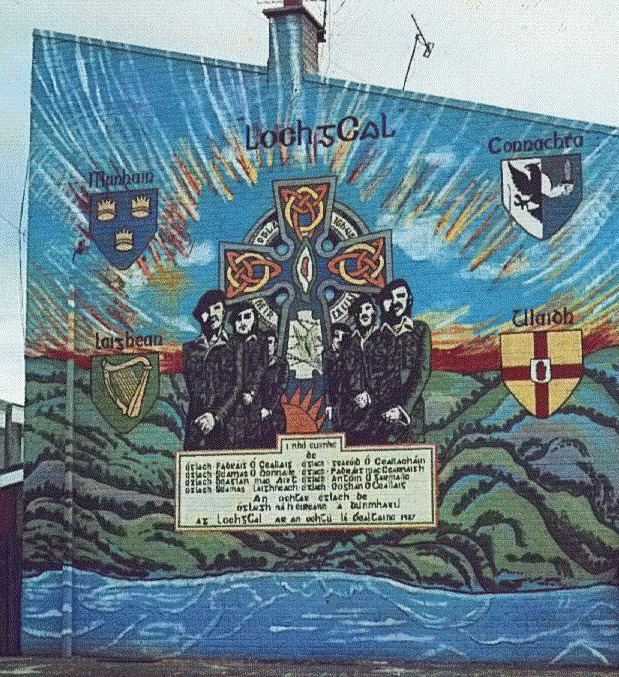 | ||
8 in attacking unit4 in support 36 SAS soldiersUnknown number of MSU officers Similar Clonoe ambush, Attack on Derryard checkpoint, Warrenpoint ambush, Coagh ambush, The Troubles | ||
The Loughgall ambush took place on 8 May 1987 in the village of Loughgall, Northern Ireland. An eight-man unit of the Provisional Irish Republican Army (PIRA) launched an attack on the village's Royal Ulster Constabulary (RUC) base. Three IRA members drove a digger with a bomb in its bucket through the base's perimeter fence, while the rest of the unit arrived in a van and fired on the building. As the bomb exploded, the IRA unit was ambushed and killed by a 36-man unit of the British Army's Special Air Service (SAS). The British Army and RUC had received detailed intelligence about the IRA's plans and had been waiting in hidden positions. A civilian was also killed by the SAS after unwittingly driving into the ambush zone. The joint SAS and RUC operation was codenamed Operation Judy. It was the IRA's greatest loss of life in a single incident during the Troubles.
Contents
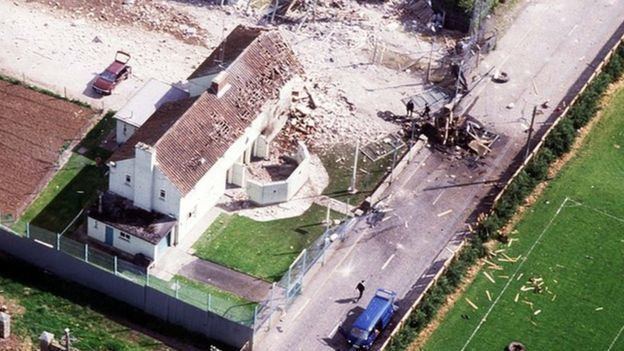
Background and preparations
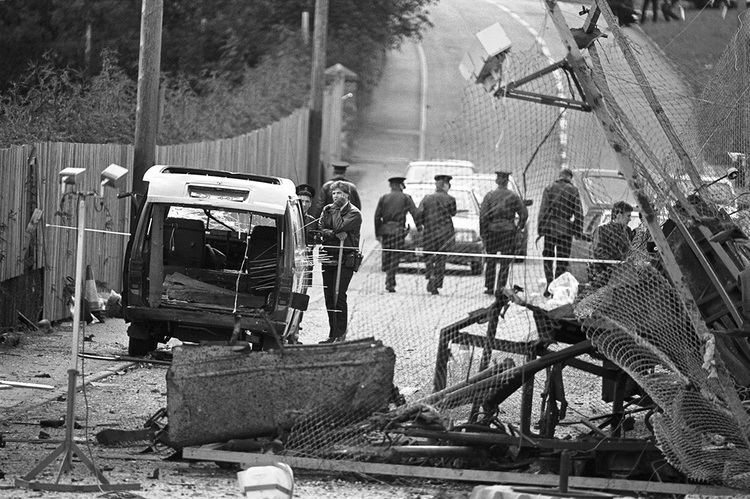
The Provisional IRA East Tyrone Brigade was active mainly in eastern County Tyrone and neighbouring parts of County Armagh. By the mid-1980s it had become one of the IRA's most professional and effective units. Members of the unit, such as Jim Lynagh and Pádraig McKearney, advocated a strategy of destroying bases and preventing them being rebuilt or repaired, thus "denying ground" to British forces. In 1985, Patrick Joseph Kelly became its commander and began implementing the strategy. In 1985 and 1986, it carried out two major attacks on RUC bases described by author Mark Urban as "spectaculars". The first was an attack on the RUC barracks in Ballygawley on 7 December 1985. The second was an attack on an RUC base at The Birches on 11 August 1986. In both attacks, the bases were raked with gunfire and then destroyed with a bomb. In the attack at The Birches, they had breached the base's perimeter fence with a digger that had a bomb in its bucket. It planned to use the same tactic in an attack on the lightly-manned Loughgall base.
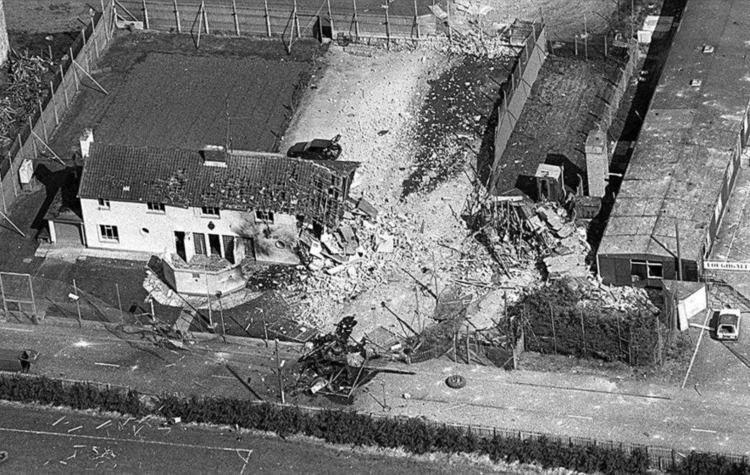
The British security forces, however, had received detailed and accurate intelligence about the IRA's plans. It is believed that this was obtained by RUC Special Branch and the British Army's Special Reconnaissance Unit (SRU). It has been alleged that the security forces had a double agent inside the IRA unit, and that he was killed by the SAS in the ambush. Other sources claim that the security forces had instead learned of the ambush through other surveillance methods. In his book, Terrorism: Inside A World Phenomenon, Barry Davies states that the time and date of the attack was eventually confirmed by a telephone tap.
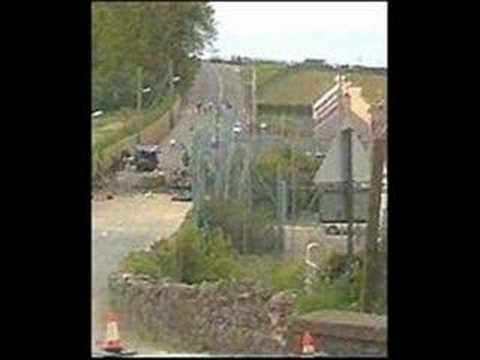
On 7 May, the RUC base was secretly evacuated and about 36 SAS soldiers, as well as officers from the RUC's Mobile Support Unit (MSU), were deployed. The MSU was the RUC's equivalent of the SAS. Most of the soldiers and officers were hidden around the base, with 'specialist' RUC officers inside to act as the 'bait' for the IRA unit, whilst others were hidden along the IRA’s anticipated route. The commander of the SAS unit was also inside the station.
The IRA's attack involved two teams. One team would drive a digger with a bomb in its bucket through the base's perimeter fence and light the fuse. At the same time, the other would arrive in a van and open fire on the base. Both teams would then leave the area in the van. The van and digger that would be used were hijacked in the hours leading up to the attack. The van, a blue Toyota HiAce, was stolen by masked men from a business in Dungannon, in the same time period the unit's commander Jim Lynagh was spotted in the town, suggesting the van may be used in the attack. The digger (a backhoe loader) was taken from a farm at Lislasly Road, about two miles west of Loughgall. Two IRA members stayed at the farm to stop the owners raising the alarm. IRA member Declan Arthurs would drive the digger, while two others drove ahead of him in a scout car. The rest of the unit travelled in the van from another location, presumably also with a scout car.
Ambush
When a covert observation post monitoring the JCB digger reported that it was being moved, the SAS took up its positions. The IRA unit arrived in Loughgall from the northeast shortly after 7PM. All were armed and wearing bulletproof vests, boilersuits, gloves and balaclavas. The digger drove past the police station, turned and drove back again with the Toyota van doing the same, ostensibly to check the coast was clear. Tony Gormley and Gerard O'Callaghan got out of the van and joined Declan Arthurs on the digger, according to author Peter Taylor, 'literally riding shotgun', with weapons in one hand and a lighter in the other. At about 7:15, Declan Arthurs drove the digger towards the base, with Gerard O'Callaghan and Tony Gormley riding alongside. In the front bucket was 200 lb (90 kg) of semtex inside an oil drum, partially concealed by rubble and wired to two 40-second fuses. The other five members of the unit followed in the van with Eugene Kelly driving, unit commander Patrick Kelly sat in the passenger seat whilst in the rear were Jim Lynagh, Pádraig McKearney, and Seamus Donnelly. The digger crashed through the fence and the fuses were lit. The van stopped a short distance ahead and—according to the British security forces—three of the team jumped out and fired on the building. Author Raymond Murray, however, disputes this. In his book The Provos: The IRA and Sinn Fein, Peter Taylor suggests that the sequence of events may have have confirmed suspicions by some of the unit, that all was not right. Patrick Kelly, 'inexplicably', according to Taylor, jumped down from the passenger seat and followed by others, immediately opened fire on the station either to encourage the rest of the unit, to resolve dispute about going ahead with the operation or possibly because this was the way previous attacks had begun. Within seconds however, the SAS opened fire, the majority of whom were hidden in a row of fir trees behind a fence, directly opposite the police station, with M16 and H&K G3 rifles and L7A2 general-purpose machine guns.The bomb detonated, destroying the digger along with much of the building, and injuring three members of the security forces.
The SAS fired about 1,200 rounds at the IRA unit, riddling the van with bullets. The eight IRA members were killed in the hail of gunfire; all had multiple wounds and were shot in the head. Seamus Donnelly managed to escape into the football field beside the road, but was shot dead there. Declan Arthur attempted to escape by climbing a nearby gate but was cut down in a hail of 36 bullets, with one of the lighters to light the bomb still in his hand. It has been alleged that three of the wounded IRA members were shot dead as they lay on the ground after surrendering. According to author Raymond Murray, citing Jim Cusack's article in The Irish Times of 5 June 1987, the IRA members in the scout cars escaped.
Two civilians travelling in a car were also shot by the SAS. The two brothers, Anthony and Oliver Hughes, were driving back from work and were wearing blue overalls like the IRA unit. About 130 yards from the base, SAS members opened fire on them from behind, killing Anthony (the driver) and badly wounding Oliver. The SAS fired about 50 rounds at them from a garden. The villagers had not been told of the operation and no attempt had been made to evacuate anyone, or to seal off the ambush zone, as this might have alerted the IRA. Anthony's widow was later compensated by the British Government for the death of her husband.
The security forces recovered one firearm from each dead IRA member at the scene: three H&K G3 rifles, one FN FAL rifle, two FN FNC rifles, a Franchi SPAS-12T shotgun and a Ruger Security-Six revolver. The RUC linked the guns to seven killings and twelve attempted killings in the Mid-Ulster area. The Ruger had been stolen from Reserve RUC officer William Clement, killed two years earlier in the attack on Ballygawley RUC base by the same IRA unit. It was found that another of the guns had been used in the killing of Harold Henry, a key contractor to the British Army and RUC in Northern Ireland.
Aftermath
The East Tyrone Brigade continued to be active until the last Provisional IRA ceasefire ten years later. SAS operations against the IRA also continued. The IRA searched to find the informer it believed to be among them, although it has been suggested that the informer, if there ever was one, had been killed in the ambush. The RUC station was attacked again on 5 September 1990, when a van bomb caused widespread damage and wounded seven constables.
The IRA members became known as the "Loughgall Martyrs" among republicans. The men's relatives considered their killings to be part of a deliberate shoot-to-kill policy by the security forces. Thousands of people attended their funerals, the biggest republican funerals in Northern Ireland since those of the IRA hunger strikers of 1981. Gerry Adams, in his graveside oration, gave a speech stating the British Government understood that it could buy off the government of the Republic of Ireland, which he described as the "shoneen clan" (pro-British), but added "it does not understand the Jim Lynaghs, the Pádraig McKearneys or the Séamus McElwaines. It thinks it can defeat them. It never will."
Shortly after the ambush the Provisional IRA released a statement saying: "volunteers who shot their way out of the ambush and escaped saw other volunteers being shot on the ground after being captured".
In 2001 the European Court of Human Rights ruled that ten IRA members, including the eight killed at Loughgall, had their human rights violated by the failure of the British Government to conduct a proper investigation into their deaths. The court did not make any finding that these deaths amounted to unlawful killing. In December 2011, Northern Ireland's Historical Enquiries Team found that not only did the IRA team fire first but that they could not have been safely arrested. They concluded that the SAS were justified in opening fire.
Loughgall RUC station was re-built, transferred to the Police Service of Northern Ireland in 2001, and shut in August 2009. In April 2011 it was sold for private development.
Songs
The ambush is alluded to in The Pogues' 1988 song Streets of Sorrow/Birmingham Six. Loughgall Ambush is also the name of a republican ballad specifically about the attack, recorded by Charlie and the Bhoys amongst others.
